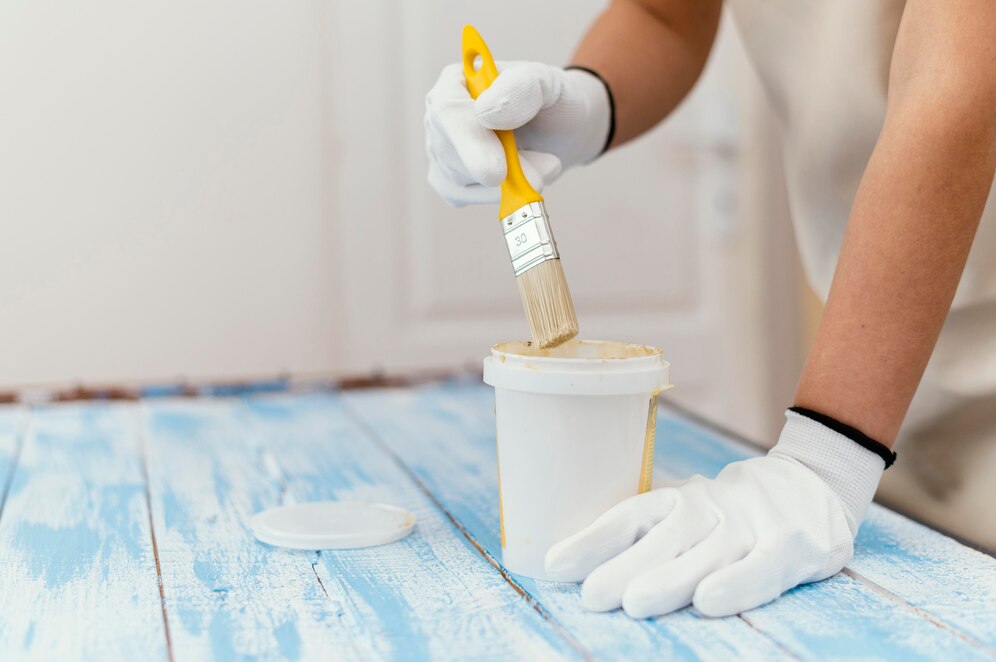Cutting in is a crucial step in the painting process that involves painting the edges and corners of walls, where rollers can’t reach. This technique ensures clean lines and a professional finish. But a common question arises: Do you need to cut in twice when painting? Let’s explore the reasons and scenarios where double cutting in might be necessary.
What is Cutting In?
Cutting in refers to the process of painting the edges and corners of a room with a brush before using a roller for the larger areas. This helps achieve sharp lines between different surfaces, such as between walls and ceilings, or around trim and baseboards.
When to Cut In Twice
- Color Change:
-
- Significant Color Change: If you’re painting over a drastically different color, cutting in twice ensures full coverage. Dark colors can often bleed through a single coat of lighter paint.
- Consistency in Appearance: To maintain consistency in texture and color, cutting in twice helps to blend the edges with the rolled sections.
- Coverage and Opacity:
-
- Poor Coverage: If your paint has poor coverage or you’re using a lighter color over a darker one, the first coat might not be enough. Cutting in twice ensures the old color is fully covered.
- Achieving True Color: Some colors, particularly lighter shades, may require more than one coat to achieve their true hue. Cutting in twice helps to achieve the desired color.
- High-Contrast Edges:
-
- Sharp Lines: When painting areas with high-contrast edges, such as a white wall against a dark trim, cutting in twice helps achieve sharper lines and better definition.
- Precision: Ensuring precision with two coats can help eliminate any visible brush strokes and create a smoother finish.
- Paint Quality:
-
- Quality of Paint: Higher quality paints often provide better coverage with fewer coats. However, if you’re using a budget or lower-quality paint, cutting in twice may be necessary to achieve even coverage.
- Primer and Paint in One: Even with paint-and-primer-in-one products, two coats might be needed to ensure durability and depth of color.
Steps for Cutting In
- Preparation:
- Tape off areas where you don’t want paint, such as trim, baseboards, and ceilings.
- Use drop cloths to protect floors and furniture.
- First Cut-In:
- Load your brush with paint and carefully paint a 2-3 inch strip along the edges, corners, and trim.
- Blend the edges slightly with the larger wall area to avoid noticeable lines.
- Roll the Walls:
- Once the first cut-in has dried, use a roller to paint the larger areas of the wall. Blend into the edges to smooth out any transitions.
- Second Cut-In:
- After the first coat has dried completely, repeat the cutting-in process. This second cut-in ensures complete coverage and a clean finish.
- Final Roll:
- Roll the walls again after the second cut-in has dried. This helps to blend the cut-in areas seamlessly with the rest of the wall.
Whether you need to cut in twice when painting depends on various factors such as the color change, coverage, quality of paint, and the need for sharp lines. In many cases, especially when covering dark colors with lighter shades or when seeking a high-quality finish, cutting in twice is recommended. This ensures full coverage, consistent color, and a professional-looking result. By following the steps for cutting in carefully, you can achieve clean, sharp edges and a beautifully painted room.

